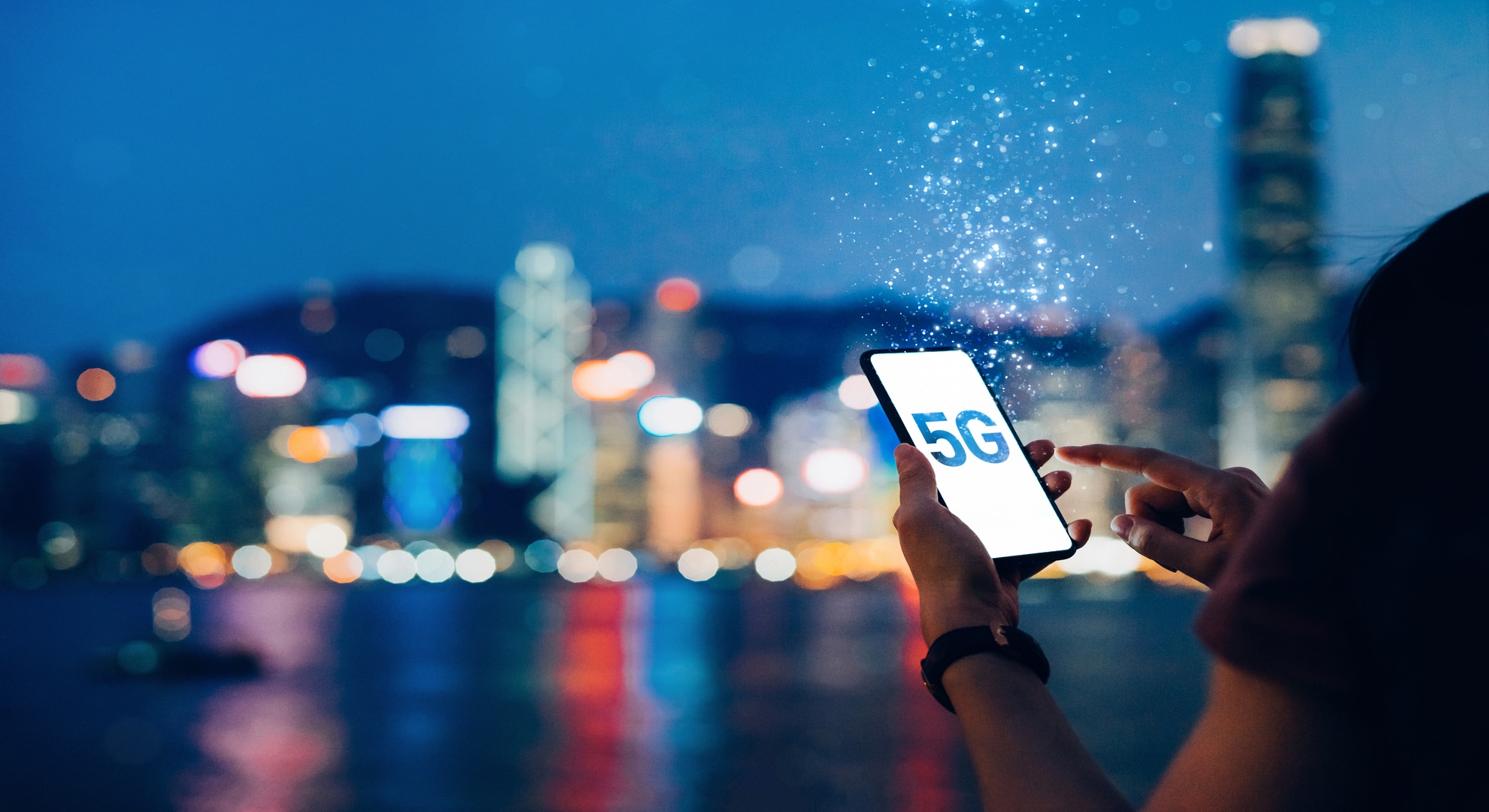
11 Aug Which is better for your battery? 4G or 5G connectivity?
Historically, the main concern of technology developers has always been functionality. Any innovation was “good” if it were able to perform a greater number of tasks in a shorter space of time, solving heterogeneous needs.
However, since portability and miniaturisation have taken on ever greater importance, another key aspect has been energy efficiency – keeping that battery bar in the green zone. All of this needs to be possible without wires, in motion, and for extended periods of time.
This all became abundantly clear with the standardisation of 4G, and even more so with 5G. Put simply, high-quality wireless connectivity needs to be associated with reasonable battery consumption. But of the two technologies, which uses up the most resources?
5G requires 11% more battery power, according to a study
American firm Ookla, which studies the efficiency of network connectivity, recently conducted a study where the data showed 5G wireless technology drains the batteries of mobile devices more than 4G. Although this probably won’t be a major shock to anyone – the greater demand for energy with 5G compared to its predecessor is well known – the report provides much more detailed information than previously known, i.e. that the increase is between 6-11%.
In order to assess energy consumption properly, comparisons were made using several processors. The Qualcomm Snapdragon 8 Gen 2 is the most efficient in terms of overall battery performance, even when using 5G. In trials, the chip consumed 31% of a mobile device’s power when using 5G and 25% when using 4G. The difference is even greater with processing chips like Google Tensor: 40% on 5G and 29% on 4G.
Tips for saving battery power on your mobile when using 5G
Even though we have to accept the fact that 5G uses our phone and tablet batteries up quicker, there are a number of things you can do to squeeze your battery for a few more hours:
Switch off 5G when it’s not essential
Constantly searching for alternative 5G networks to connect to is one of the most energy-intensive processes your mobile device performs. Prioritising 4G when 5G isn’t all that important – or even disconnecting mobile connectivity altogether – can significantly increase battery life.
Screen and vibrations
Having your phone constantly on full brightness, using graphics-intensive games and apps, even making frequent video calls, will all drain your battery more quickly. After all, the screen is the main energy “escape route” on any device. Smartly managing screen brightness to adapt to your surroundings, or just keeping it to a minimum level, as well as using graphic apps more responsibly can all help.
Similarly, vibrations can also run down your battery unnecessarily. Turn off the vibrations linked to notifications or keystrokes on your keyboard, and only leave them on for calls or notifications that you really care about.
Background apps
Switch off all the apps you have running in the background, while your device is at rest, or that perform other functions. These can kill your battery in a matter of hours, especially if you have multiple update processes running simultaneously. Switch off background updates, or activate the option – if your phone or tablet device has it – to update only when you’re connected to a Wi-Fi network and your phone is on charge.
Alongside all these basic tips, if battery life and using 5G are two “non-negotiable” factors for you, it’s recommended you pay close attention to the overall health of your battery, charging cycles and battery life. Apple operating systems have an app where you can see this information natively in Settings. On Android, you’ll need to download a third-party app. If all else fails, having a quality portable powerbank to hand can solve just about any “energy crisis”, which always seem to crop up at the most inopportune times when you’re on the go!

